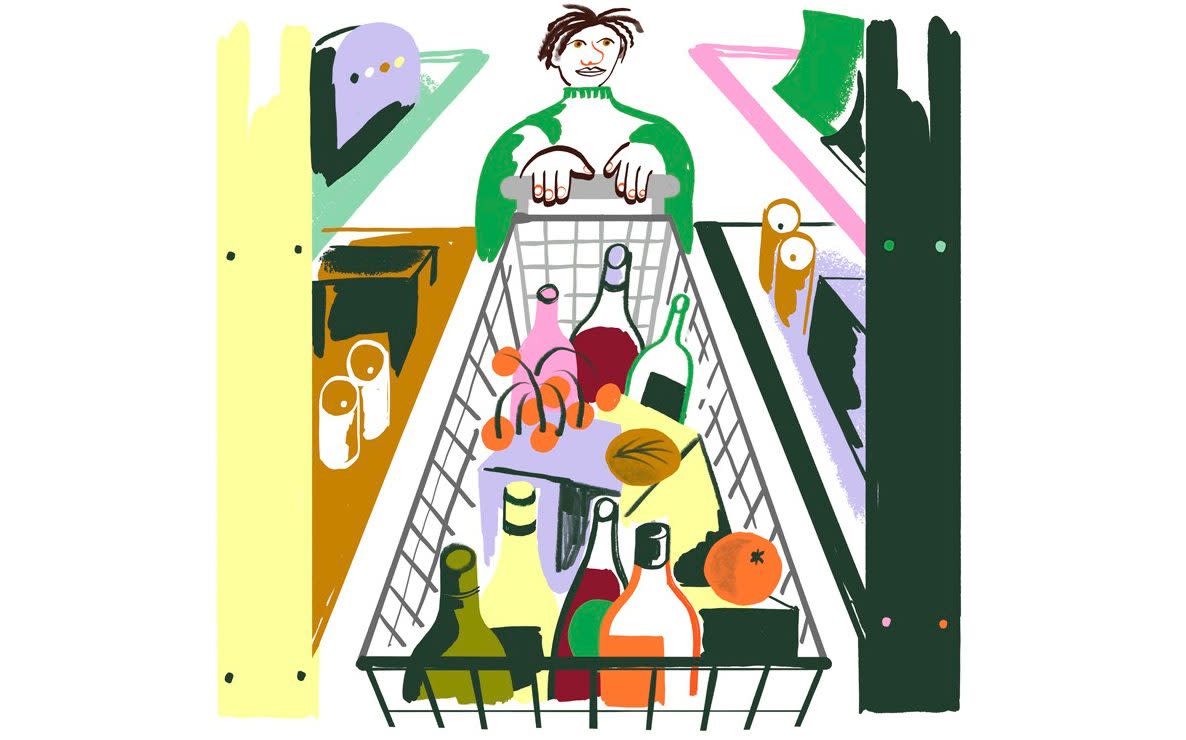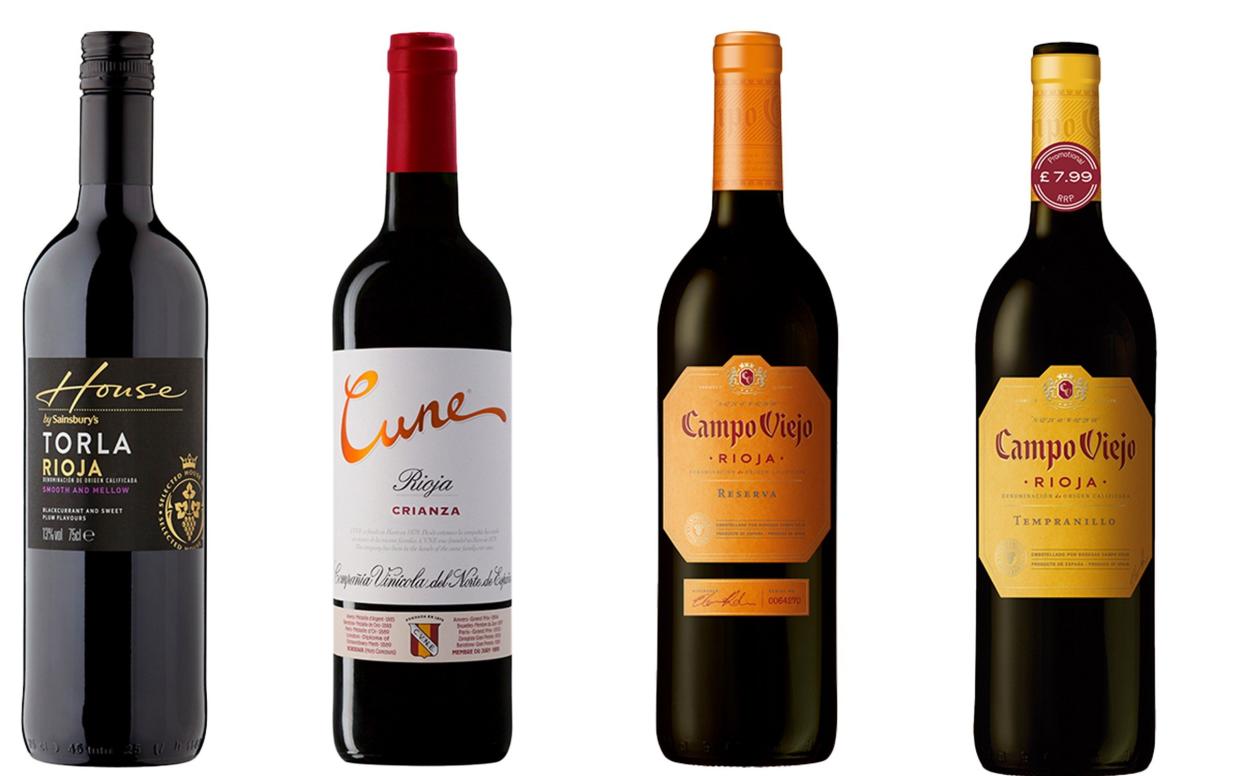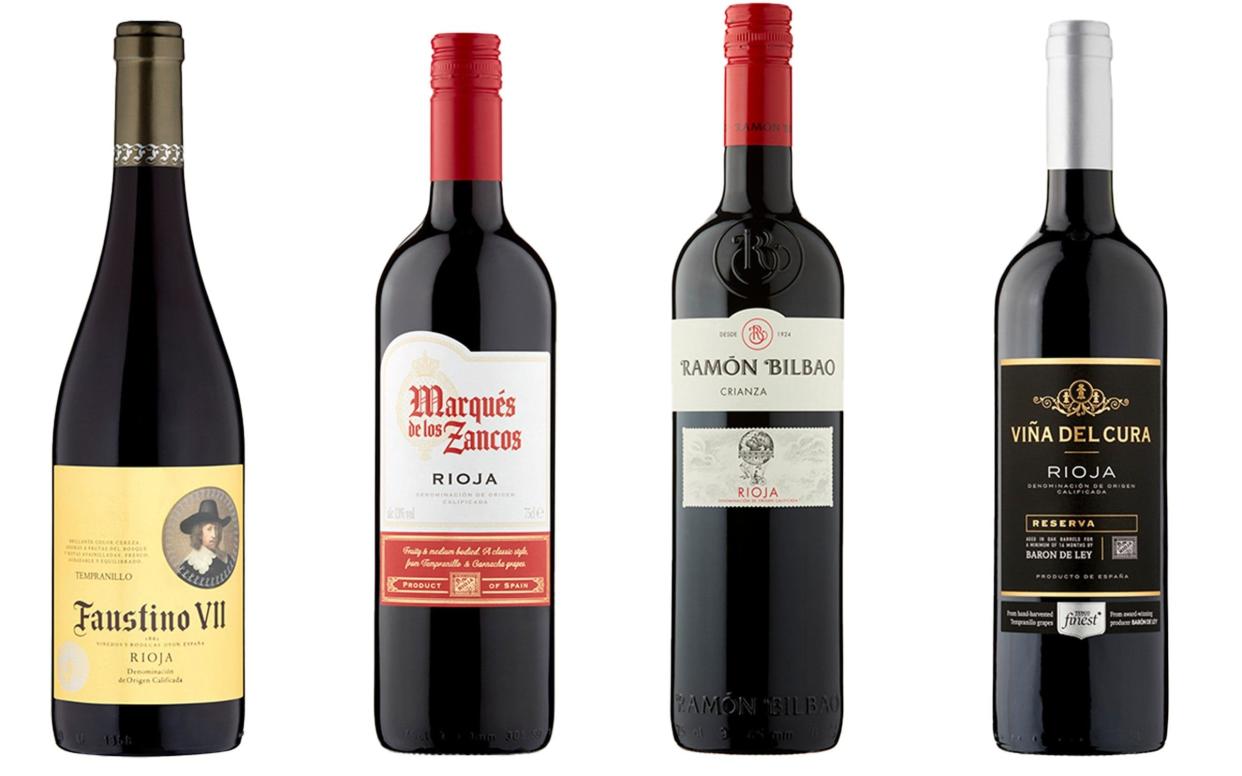My quest for the best budget Rioja

Like its French counterpart Bordeaux, Rioja is both one of the most famous red wine regions in the world and supplier of some of the cheapest bottles at the supermarket. This tells us something about how tastes and fashions are changing. Also that traditional regions with very large vineyard areas need to find better ways to market themselves now there is so much competition from elsewhere.
But if you’re buying wine for the weekend, perhaps what you simply want to know is this: is any of that inexpensive Rioja any good to drink? The short answer? Yes, but not all of it.
I started tasting at the shallow end with House Torla Rioja 2022 (13%, Sainsbury’s, £5.50). Some will make a moral case against paying so little for wine. I will make a gustatory case: inert and slightly metallic, this is not a wine I want anywhere near my glass. Spending 50p more at Tesco gets you a much more upbeat bottlemarq (13%, £6) is bright and fruity with a sense of exuberance: very drinkable. It’s great with hot, fatty slices of just-fried chorizo, or with chilli con carne, too.

Lidl’s Cepa Lebrel range is also very cheap. The Cepa Lebrel Rioja Crianza 2021 (13.5%, £5.99) I tried was poor – possibly a faulty bottle. Cepa Lebrel Rioja Joven 2022 (13%, £4.69) on the other hand is a winner, a little dusty (in a good way) with red berry flavours. I liked it enough to have a glass with dinner.
I also tasted the widely available Campo Viejo wines (you can find them in Asda, Morrisons, Sainsbury’s, Tesco and Waitrose). Campo Viejo is a huge brand but its quality is remarkably consistent and reliable. I thought the orange label Reserva was a better buy than the cheaper yellow label. The orange label usually comes in at around £10.50-£11 and has more oak and age on it; current vintage is the 2017 so you see some nice, mellow maturity and a lovely smoothness with a bit of depth. It was on offer at £8.99 when I tasted it, which made it a very good buy. It’s sadly not on offer right now but it will be at some point, just keep an eye out. The yellow label (usually priced in the £7-£8.75 ballpark) is fine but not such good value.

One I’d definitely avoid is Faustino VII Rioja Tempranillo 2022 (13.5%, widely available, £8-£9), an incredibly dry and dusty wine. Ramon Bilbao Crianza 2019 (14%, Tesco, £9.75) is pretty much the inverse of the Faustino: a clean, modern iteration of Rioja, a fresh-tasting wine whose thickly fruity perfume surges out of the glass. At least it does at first; the Ramon Bilbao is decent, but it doesn’t quite deliver on the finish. I found myself pushing it to one side and going instead for the Campo Viejo Reserva, which opens more quietly but has a more satisfying staying power.
Both, however, are trumped by the Cune Rioja 2020 (13.5%, Sainsbury’s, £10), which is beautifully elegant with subtle notes of strawberry tart, spice and tobacco.
Finally, if you enjoy bigger-boned wines, Finest Viña del Cura Baron de Ley Reserva 2019 (14.5%, Tesco, £10 or £9 Clubcard price) approaches you with a roar of bonhomie and an open, spicy flavour. I’d have this one out for the first barbecue of the year, with lamb skewers and smoky aubergine and hummus.


